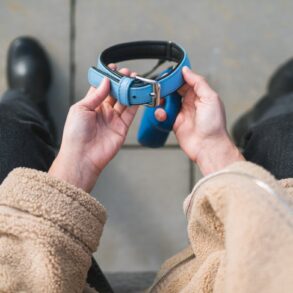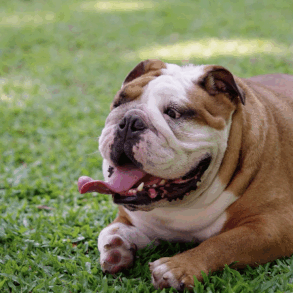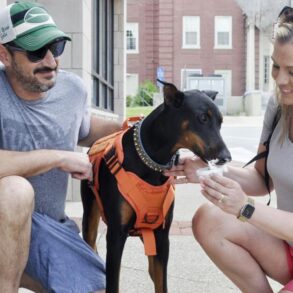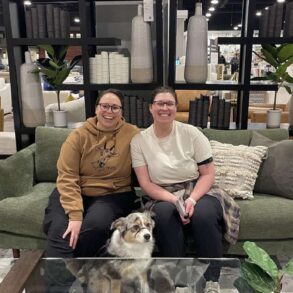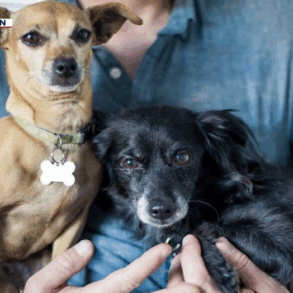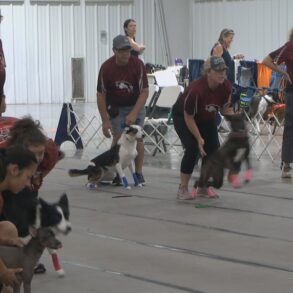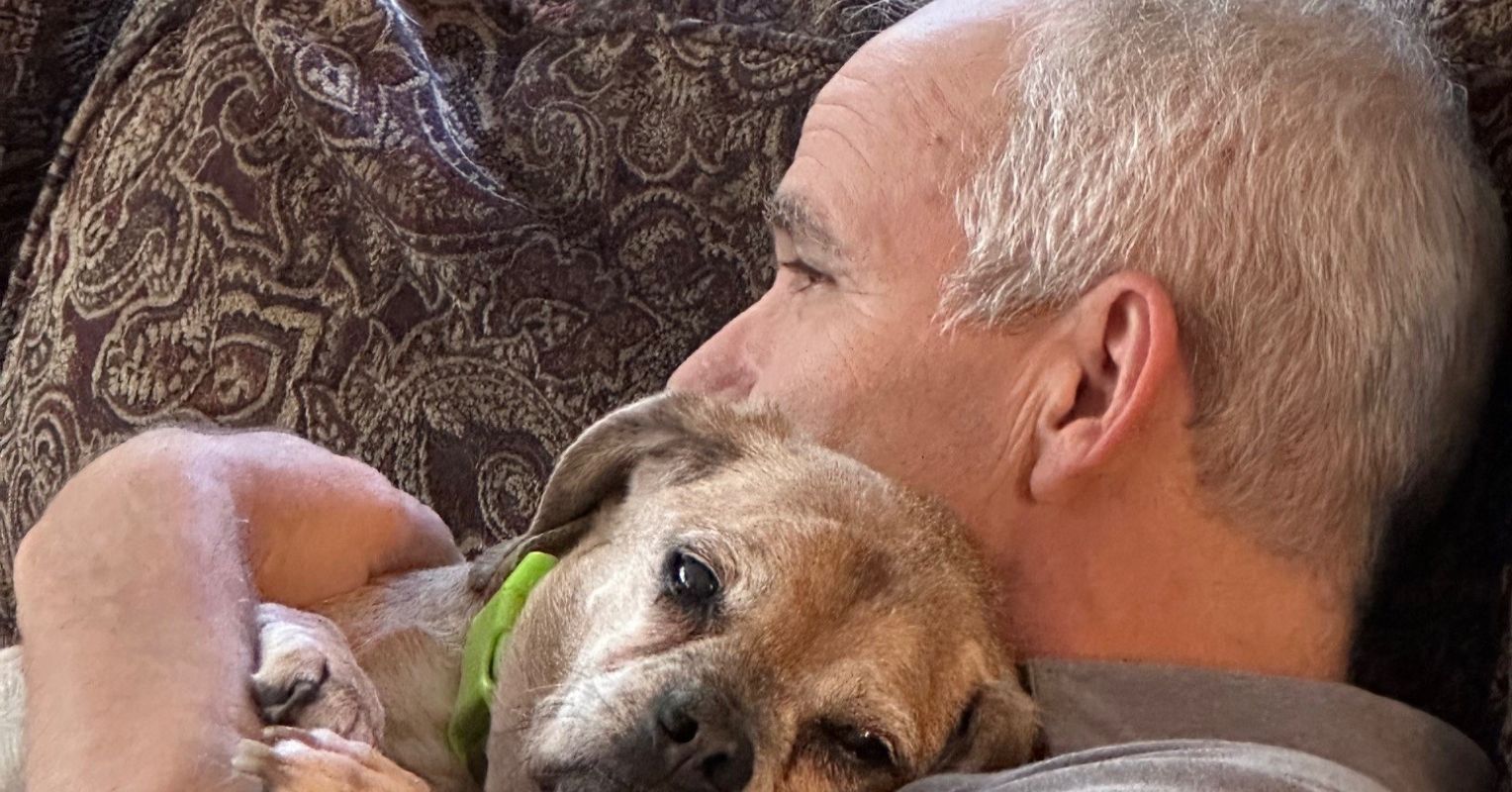
Everyone needs companionship, comfort, and warmth. Sure, there are those among us who would deny such needs. But, if you are a human, then you are genetically wired to seek connection to others. After all, for your ancestors, such connections had basic survival value. Even people who have retreated from the dangers of close human attachments may readily find companionship, comfort, and warmth in relation to a dog.
I have worked with more than a few people whose wounds prevent them from seeking close human connection but have a close attachment bond to their pet. Nearly half (45.5 percent) of US households in 2024 owned a dog and 32.1 percent had a cat. It will come as no surprise to dog lovers that dogs are part of the family and relationships with those dog family members can be understood in terms of attachment theory.
Attachment theory posits that humans have an innate need to form close emotional bonds to others because our ancestors needed protection from competing groups of people, predators, and the environment. For tens of thousands of years, dogs lived alongside those ancestors and provided added security and protection. In this context, having a dog around would have resulted in the lowering of anxiety and stress.
The heart of attachment theory is anxiety and stress reduction. It starts in childhood when youngsters, who depend on their parents for their survival and well-being, retreat to the secure base of those parents when they get scared or fearful about something in the environment. Assuming the parents are consistently warm, available, and responsive to the child, anxiety is lowered, and after regaining composure, the child is free to again engage in their exploratory activities. As attachment research expanded into adulthood, it became evident that adults rely on their families, close friends, and romantic partners to be attachment figures and provide this emotion regulation function.
In the absence of fulfilling human connections, people may turn to dogs as alternative attachment figures. Dogs are social animals and capable of forming deep bonds with their human counterparts. Sure, dogs can be moody like the rest of us, but, for the most part, they are consistently available and happy to see you when you come home. They are warm and affectionate. They are attuned to and care about your emotional states. And their interactions are reciprocal. They also need consistent availability, warmth and comfort, and responsiveness from you. And this is an often overlooked aspect of healing insecure attachment—gaining the ability to be emotionally stable and dependable enough to offer a secure base and comfort to others.
Emotional Support of Dogs
Unlike human relationships, which can be complex and fraught with misunderstandings, the bond with a dog is often straightforward and uncomplicated. Dogs are highly attuned to human emotions, often sensing when their owners are distressed and providing comfort simply by being present. This intuitive understanding can alleviate feelings of loneliness and anxiety, creating a sense of belonging and acceptance, and a safe place to retreat to after experiencing what can feel like a hostile and unwelcoming world.
Dogs and Mental Health
The mental health benefits of having a dog as an attachment figure are well-documented. Numerous studies have shown that interactions with dogs can reduce stress, lower blood pressure, and increase levels of oxytocin, the hormone associated with bonding and affection. For individuals struggling with depression or anxiety, a dog can provide a reliable source of comfort and companionship, mitigating feelings of isolation.
The Role of Dogs in Providing Security
Much like human attachment figures, dogs offer a sense of security to their owners. This is particularly evident in individuals with insecure attachment styles, who may find it difficult to trust or rely on others. The predictable and stable nature of a dog’s presence can provide a reassuring anchor, helping to establish a secure base from which individuals can navigate their emotional landscapes.
But, this is not to say that a dog can provide all aspects of a secure attachment relationship in human terms. A dog can perform the safe haven function by offering people a safe place to retreat to when they are distressed. A dog cannot, however, facilitate the exploration side of the attachment system (e.g., the goal-corrected partnership that helps people identify new strategies for mastering the environment). A dog also cannot provide the verbal reflections that help us feel seen and understood in the world of humans. But these differences are not bad.
In some cases, pets can engender a more secure attachment bond relative to people. Research shows that attachment to pets can be measured similarly to how it is measured in people. But attachment to pets might not correspond in like patterns to those with people. For example, if a person is avoidant with close relationship partners, they may not exhibit this trait with their pet and may be more than willing to coddle and comfort their needy dog. If someone can offer warmth and affection to their dog, they may, with time, be able to tolerate doing the same with people. Pet owners, for example, generally have displayed lower levels of fearful attachment relative to people who did not own pets.
Dogs as Catalysts for Social Interaction
Beyond their role as individual attachment figures, dogs can facilitate social interactions, acting as bridges to human connection. Dog owners often find that their pets attract attention and initiate conversations with others, whether during walks, at dog parks, or in other social settings. I remember myself being a lonely 28-year-old going for ice cream alone with my white German shepherd puppy Cody. He was like a people magnet who brought forth many smiling people who were ready to engage, whereas I suspect I would have been rather invisible and not approached had I been alone. Research has shown that pets buffer against the negative feelings coming from social rejection.
Dogs can be particularly beneficial for individuals who struggle with social anxiety or have difficulty forming new relationships because dogs provide a natural and comforting topic of conversation.
Conclusion
In an age where social connections can be strained, a dog or cat can provide a secure base of warmth and affection and buffer against feelings of alienation and rejection. Their ability to provide unconditional love, emotional support, and a sense of security makes them ideal nonhuman attachment figures. As attachment figures, dogs not only fill the void left by absent human bonds but also enhance our capacity for love, empathy, and understanding.
This post was originally published on this site be sure to check out more of their content.















